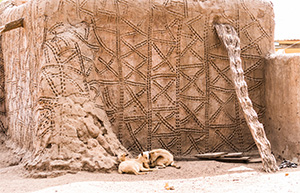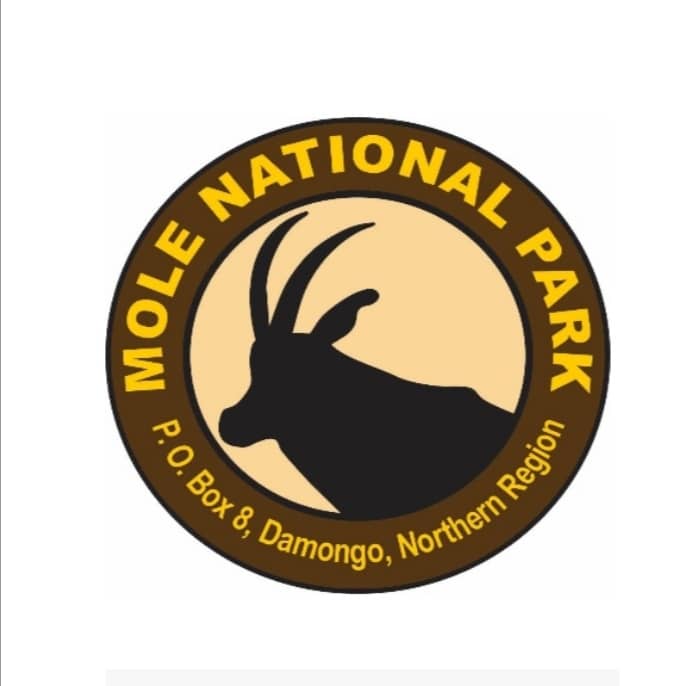Mole National Park is fringed by 33 farming communities, which lie within a five-kilometer radius of the Park. They are in five districts, four of which are in the Northern Region, with one in the Upper West Region. They have a total estimated population of about 40,000.
District | Sawla Tuna Kalba | West Gonja | North Gonja | Mamprugu | Moaduri | Wa East |
| Region | Northern | Northern | Northern | Northern | Upper West | |
| Fringe Communities | Jelinkon Jang Soma Kong Dabori | Murugu Mognori Larabanga Kananto Kabampe Grupe Sehyri | Kparia Wawato Grubagu Bawena Jinfronu Kpulumbo Yazori Kaden | Goriba Garigu Sagiya Tantala Yagbon Yirangu Zanwara | Chasia Ducie Grunbele Holomunie Belepong |


The main economic activity of the people living in these fringe communities is farming, with the major crops cultivated being yam, maize, groundnuts, millet, sorghum, beans, soya beans, rice and cassava. Livestock reared includes sheep, goats, cattle, guinea fowls and chickens. Other income generating activities include honey production, broom-making, basket and mat weaving, pottery, alcohol brewing, soap making, shea butter, and groundnut oil extraction. Smock (traditional shirt) production is a major economic activity in North Gonja District. Gari and shea butter processing are among the major commercial activities for women.
Living conditions, existing infrastructure, road and telecommunication status and networks are still challenging in the majority of these communities. However, recent developments are gradually improving roads and infrastructure, thus putting in motion a broader development process.
Sustainable tourism is increasingly generating sustainable income activities for people living in Mole National Park’s fringe communities: mainly Mognori, Larabanga and Kparia, and also nearby Nyange, Yikpabongo and Daboya. Their outstanding cultural, archaeological, architectural, socio economic and environmental tours offer unique opportunities to share their life, culture and environment. Other communities are becoming aware of their potential in sustainable tourism, and will soon offer a range of distinctive attractions such as architecture, traditional housing, eco-tours and culture.









